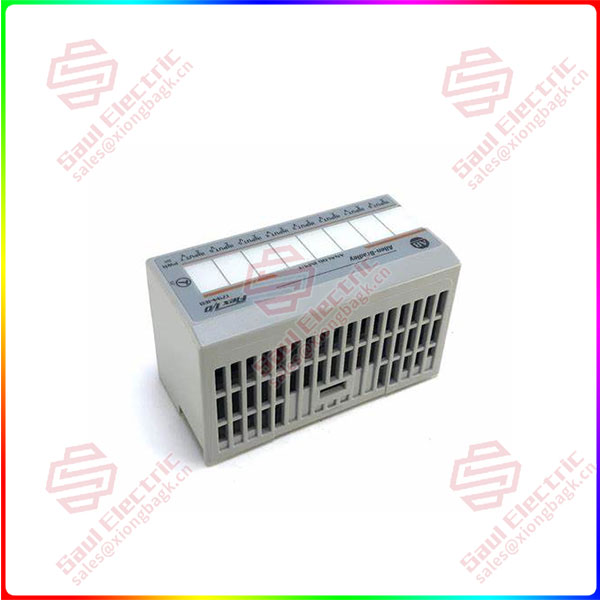01 Typical architecture and status quo of industrial control system
Typical architecture of industrial control system
The main goal of industrial control system is to realize the logistics control of industrial automation production line, equipment information monitoring and diagnosis processing, its main functions include equipment management, task management, log management, scheduling management, diagnosis management, system simulation and so on.
Industrial control systems usually include manufacturing execution systems (MES), supervisory control and data acquisition (SCADA) systems, distributed control systems (DCS), programmable logic controllers (PLCS) and other components. MES system mainly manages the production process, such as manufacturing data management, production scheduling management, planning and scheduling management. SCADA systems typically use centralized data acquisition and monitoring to control decentralized facilities. DCS systems are often used to control production systems within a local area, such as monitoring and regulating local plants. PLCS are often used in specific discrete devices to provide appropriate regulatory control. Industrial control systems also involve remote terminals (Rtus), intelligent electronic devices (IEDs), and interface technologies that ensure communication between components.

1794-IEB
The industrial control system also includes control loops, human machine interfaces (HMIs), and remote diagnostic and maintenance tools built using a range of network protocols. Industrial control systems are widely used in various industries, such as power, energy, chemical industry, transportation, manufacturing (automotive, aerospace and durable goods), pharmaceutical, paper, food processing, etc.
Due to the differences in technical fields, industry characteristics and business types of industrial control systems, the architecture of industrial control systems will also be different. In a typical industrial control system, there are generally four levels: the field equipment layer, the field control layer, the process monitoring layer and the production management layer (level 0-level 3). Its topmost production management connects to ERP software in the enterprise resource layer (Figure 1).
The hidden danger of information security in industrial control system is distributed in all levels of industrial control system architecture. Attackers may use sniffing, spoofing, physical attacks, and virus transmission to perform the following unauthorized or illegal operations to affect the normal production of enterprises:
Obtain and analyze information at all levels of equipment;
Modify sensitive information stored in the components of the industrial control system;
Obtain user credentials stored in industrial control system components and impersonate legitimate users;
Issuing incorrect instructions or making incorrect configurations;
Spreading malicious code to cause unnecessary system downtime and data corruption;
Obtain user information through Social Engineering.
 1 Year Warranty
1 Year Warranty





